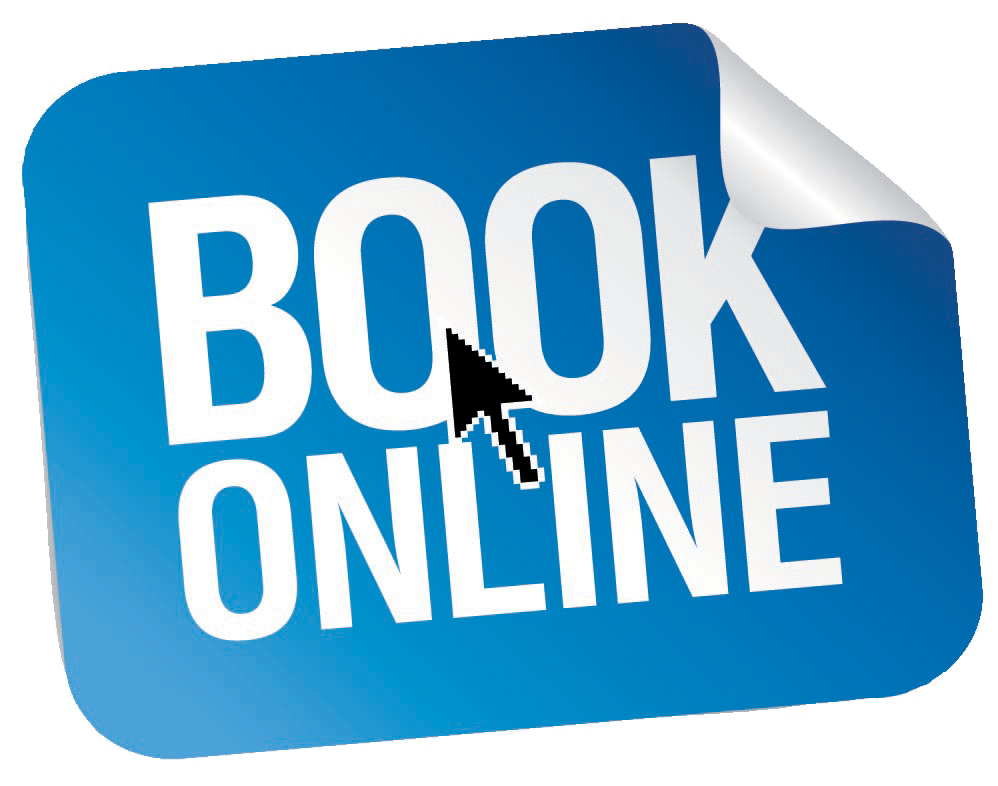Notice: Explore Nearby Ski Areas with NOASC's Free Resort Transfers!
Dear snow sports enthusiasts,

Administrator
NOASC Blog Item 1 Test
Blog content test
NOASC Company Profile
Mission Statement
"Our mission is to strive for excellence in all fields and ventures".We are one the largest outdoor adventure sports company operating on the northern most Island of Japan, Hokkaido, specializing in a wide range of both summer and winter adventure sports activities.
Our operations include three locations : Niseko (our head office) located close to the west coast , Shimukappu (Furano/Tomamu) located in central Hokkaido near to Hokkaido’s largest National Park area and Akan located on the east coast of Hokkaido.
Our adventure activities/tours include Rafting, Mountain biking, Hiking, Ducky (Inflatable Kayaking), Kayaking, Raft Fishing, Family Rafting, Mountain Biking, Mountain Boarding, Hiking, Eco Walking, Spot lighting, Abseiling/Rappelling, Bridge Swinging, in summer.
During the winter our tours and activities include ski/snowboard/telemark lessons, Powder lessons, Kid's lessons, Private ski/snowboard lessons, Backcountry tours, Powder Tours, Snowshoeing, CAT Skiing, Ski Area Guiding, Tobogganing (snow sleding), Winter Rafting, and much more.
Our tours and activities cater for participants of all ages : young to old, beginners to seasoned adventure enthusiasts, individuals to large groups.
Pick Your Destination!
 The Last Minute offers are in Hot Scroller module. Beside several custom modules with interesting locations and lists of the places to visit, the template also includes Hot Maps module that shows Google maps of selected location.
The Last Minute offers are in Hot Scroller module. Beside several custom modules with interesting locations and lists of the places to visit, the template also includes Hot Maps module that shows Google maps of selected location.
NOASC Latest Blog Posts
-
 プライベートスノーボードレッスン
Written by AdministratorWritten on Sunday, 16 January 2022 16:39 in NOASC Member's Ski & Snowboard School Blog
プライベートスノーボードレッスン
Written by AdministratorWritten on Sunday, 16 January 2022 16:39 in NOASC Member's Ski & Snowboard School Blog -
 NOASC Niseko Canyoning Summer 2017
Written by AdministratorWritten on Monday, 19 June 2017 07:51 in NOASC Member's Canyoning Blog
NOASC Niseko Canyoning Summer 2017
Written by AdministratorWritten on Monday, 19 June 2017 07:51 in NOASC Member's Canyoning Blog -
 Winter Rafting in Niseko, Hokkaido, Japan
Written by AdministratorWritten on Friday, 09 December 2016 09:24 in NOASC Member's Rafting/Ducky Blog
Winter Rafting in Niseko, Hokkaido, Japan
Written by AdministratorWritten on Friday, 09 December 2016 09:24 in NOASC Member's Rafting/Ducky Blog


.jpg) Spring Rafting
Spring Rafting
.jpg)



crop201by134.jpg)


